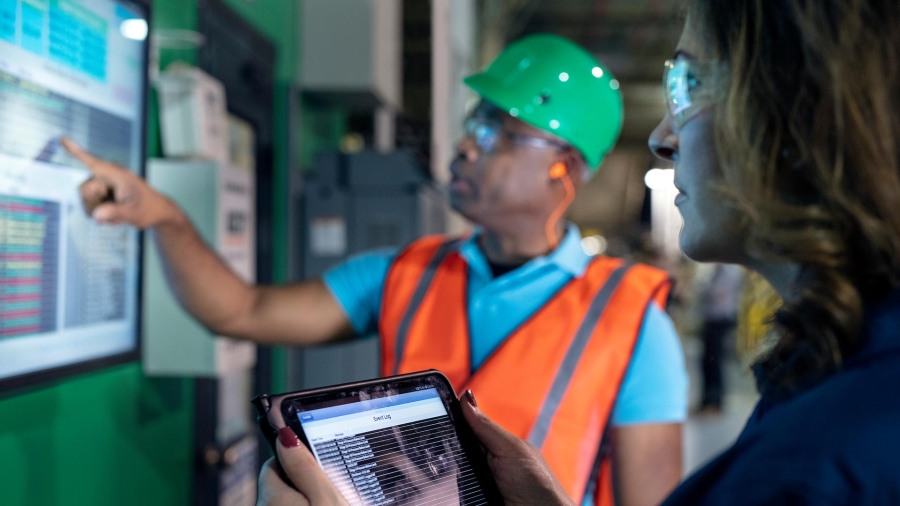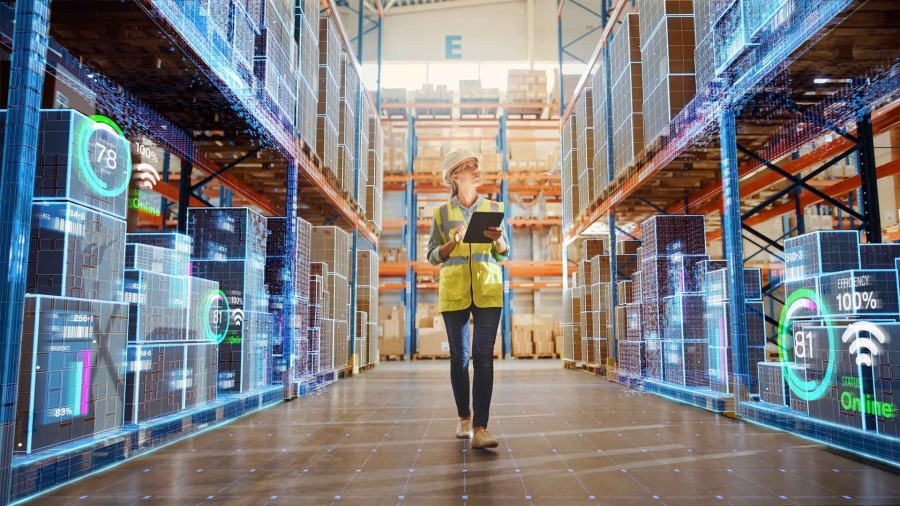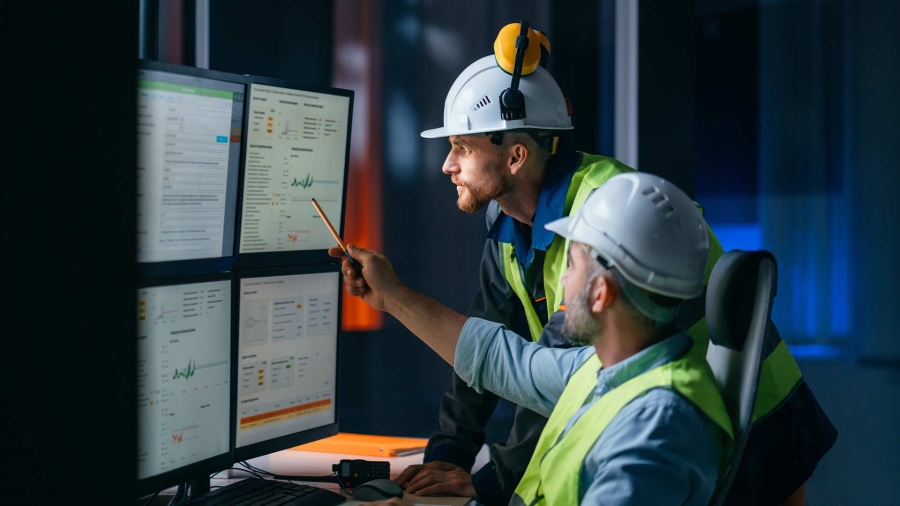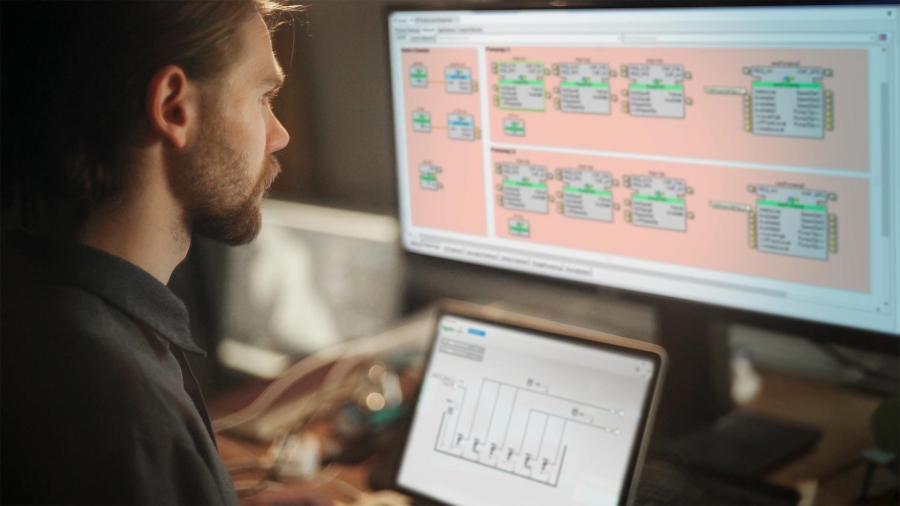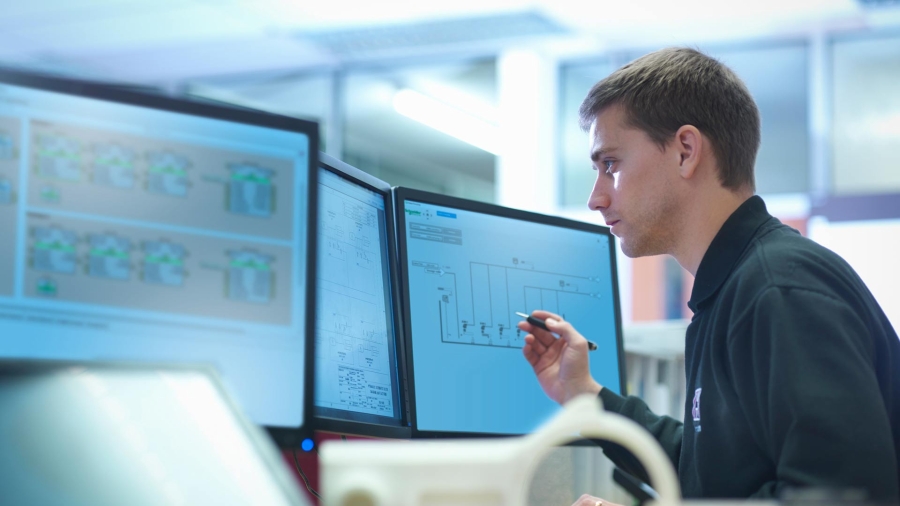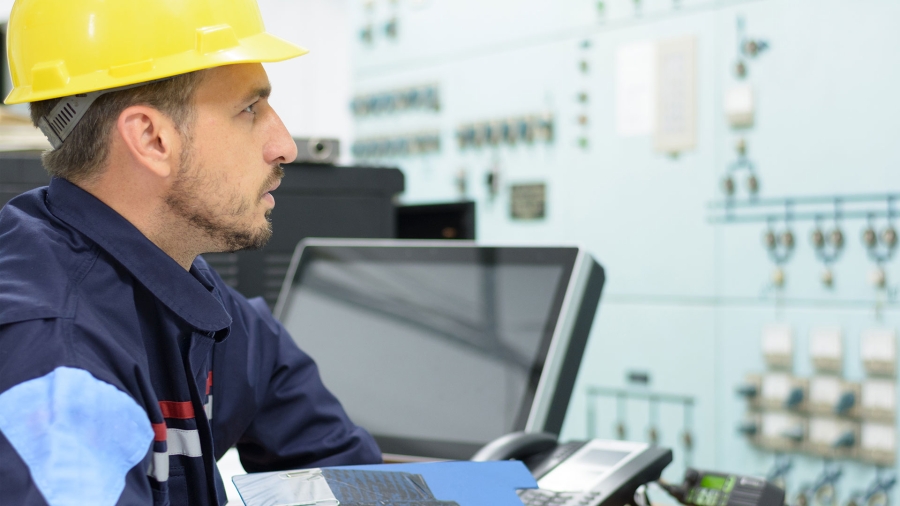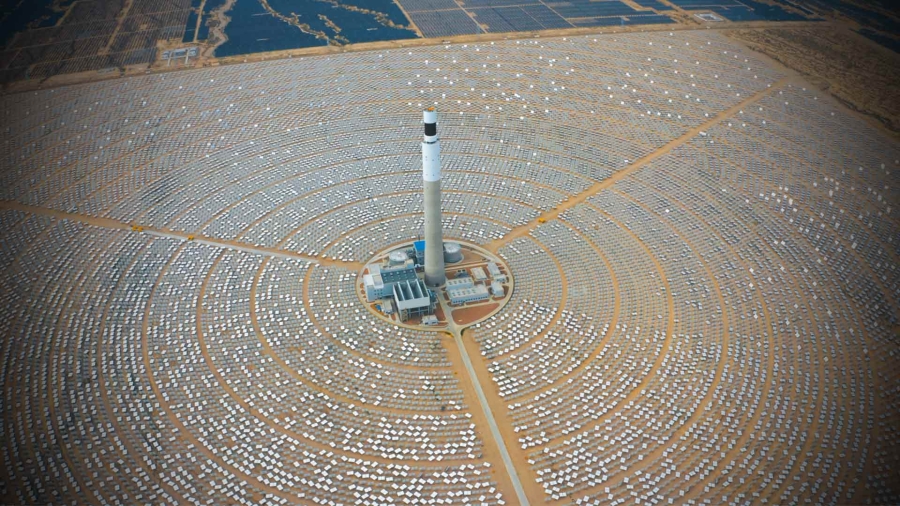Industrial enterprises are now operating during a vital time for humanity. Our vulnerability to natural phenomenon is reaching a critical mass. The immediate challenges of the pandemic are compounding efforts to protect future generations from the greatest challenge industry has ever faced: sustainability.
Climate change, resource scarcity, and environment and life preservation are all long-term issues we must tackle immediately. Temperatures are soaring, drought and wildfires are becoming more frequent, ice caps are melting, and the global mean sea level continues to rise.
Over the last few years, we have seen a drastic rise in sustainability activism. 2020 was marked as the year “we took back our planet”, but we can’t stop there.
Fortunately, we are the generation that can solve these problems. For the first time, we have the tools to achieve industrial sustainability at our disposal: digital technology, automation, and green electricity.
Digital Technology
The most prominent innovation that is transforming humanity is digital technology. Think about the way digital technologies have revolutionized the way we work together and the way we live together.
Episode one of the Internet was about connecting people with people. The next episode will be about revolutionizing the way we live and connect with our environment. It's going to be about machine to machine and people to machines. This is made possible by the combination of the Internet of Things (IoT), which is connecting everything around us, and Big Data, which is about collecting, aggregating, and analysing large amounts of information in data centres to provide significant insights. And today, the capacity to train machines and use algorithms to make sense from all this data is virtually unlimited.
Digitalisation is already creating a more desirable future ⎯ a more human-centric existence with smart homes, smart buildings, smart manufacturing, smart infrastructure, and smart cities. These innovations use data and digital technologies to help us better share and conserve the resources we are consuming.
Universal Automation
Although industrial automation has done a good job of advancing manufacturing and process industries to where we are today, it has not yet fulfilled its full potential. Our industrial environment is dominated by closed, proprietary systems and vendor lock-in, halting both innovation and collaboration.
To progress, we must fundamentally shift our way of working, creating technology that isn’t dependent solely on one vendor’s system. We need to move to a model where end users can build the architecture that truly drives sustainability and efficiency ⎯ with products that best suit their needs.
By adopting universal automation, industry will be able to keep up with changing consumer habits and the dynamics of an ever-changing global economy, while also becoming sustainable.
Greater understanding breeds greater levels of implementation and proficiency. Over the next few years, we expect to see universal automation proliferate and manufacturers will reap the benefits of greater efficiency, profitability, and performance. At the same time, any manufacturing operations that do not adopt digital technologies will get marginalized ⎯ if not lost.
Green Electricity
Another important technology, which is probably less intuitive because it’s been around for many years, is green electricity. Think about solar energy, microgrids, net-zero building, and electric vehicles. Electricity is the only way to decarbonize energy, so be prepared for a world that will be much more electric. But going forward, it's not going to be the same electricity. It’s going to be renewable electricity. The future is green.
The Way to a Resilient Sustainable Future
At Schneider Electric, we’ve been working with many think tanks and other companies to find the equation that drives us from where we are today to the resilient sustainable future we need.
We see four simple variables in the equation:
- Digital. We can be much more efficient everywhere, thanks to digital. By applying digital technology, whether it be smart buildings, smart manufacturing, or smart cities everywhere, we can achieve step changes in efficiency from what we are today.
- Automated. With over half of UK manufacturers seemingly on target to achieve their net zero goals, we are on the right path to achieving sustainability. However, we must reimagine sustainability in industrial sectors to ensure success. It can be done, as our own net zero factories make clear.
- Electric. In the coming years, the proportion of electricity in everything will double. We speak a lot about electricity but today it’s only about 20% of the energy we consume. In 20 years, it’s going to double to 40%.
- Renewable. Today, electricity is only 6% renewable. Soon, it’s going to be 40% renewable.
And it's not about waiting for one of these variables to happen to start focusing on another one. We must do all of them in parallel. We cannot wait because everything we build today will be here for years to come. If we want to tackle climate change, we must implement all those changes now.
Industrial Sustainability
We need to adjust our thinking. We must do far more to safeguard the future of the planet, with resiliency at the forefront. Climate change may seem like Armageddon in slow motion, but we must remain positive and active. Like the pandemic, there are means for us to tackle the issue and improve the lives of future generations.
COVID-19 has altered our focus in the last year. However, it has shown us how individuals, businesses and countries can come together to battle a single threat. This mindset has to stay in place to tackle the current environmental threat. Individuals and businesses need to understand how and where energy is consumed, lost, or wasted and this is where digital technologies come into play. Sensors that can monitor performance, software that can connect operations with IT systems, automation and analytics will equip organisations and individuals with the ability to better manage and optimise their environment for the long term.
By embracing innovative technologies alongside achievable sustainability goals, companies can easily accommodate new business opportunities while also conserving energy and safeguarding the natural environment.



